
| ||||||||||
|
||||||||||
Kruger National Park Safari Pictures |
|
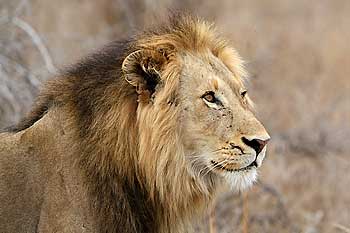
Male lion, head and shoulder view, Kruger National Park, South Africa |
|
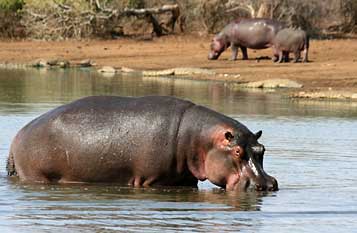
Hippopotamus making its way from the water, Kruger National Park, South Africa |
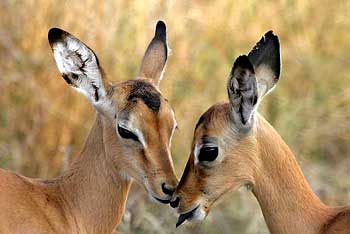
Baby impalas nuzzling each other, Kruger National Park, South Africa |
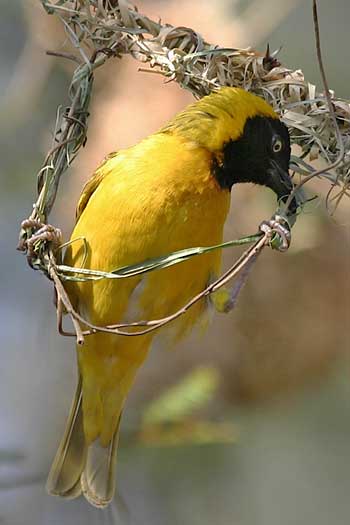
Masked Weaver building its nest, Kruger National Park, South Africa |
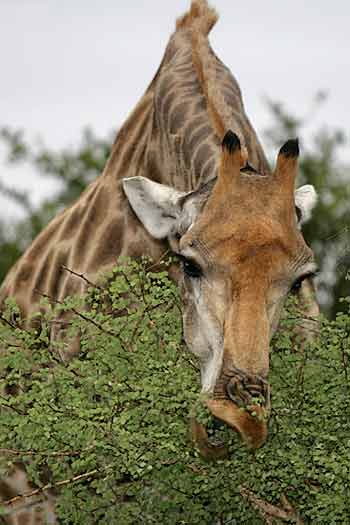
Giraffe feeding from top of tree, Kruger National Park, South Africa |
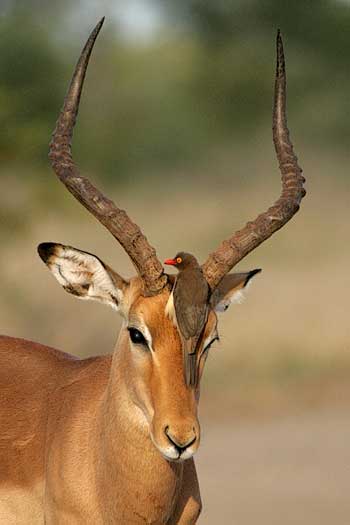
Impala Ram with redbilled-oxpecker on forehead, Kruger National Park, South Africa |
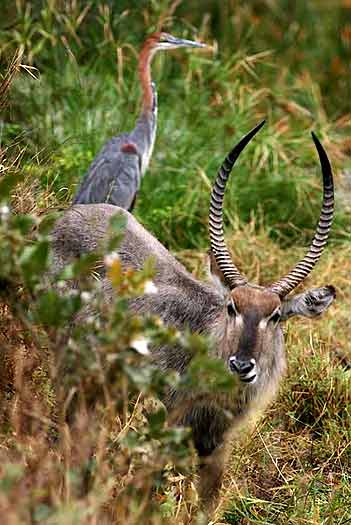
Waterbuck male and goliath heron, Kruger National Park, South Africa |
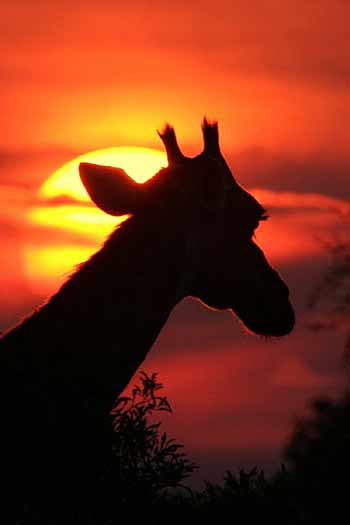
Giraffe silhouette against setting sun, Kruger National Park, South Africa |
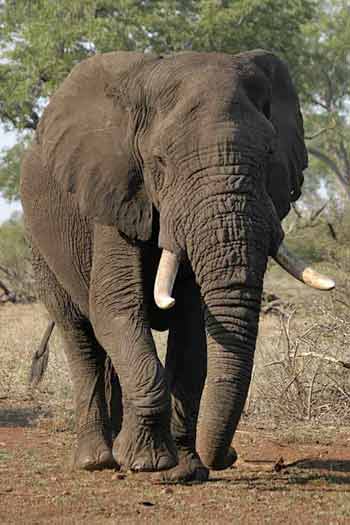
Elephant bull heading towards waterhole, Kruger National Park, South Africa |
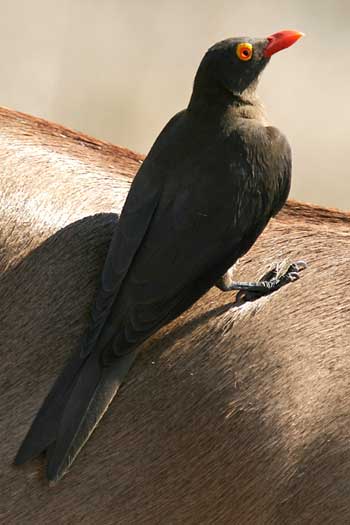
Redbilled Oxpecker on back of imapala, Kruger National Park, South Africa |
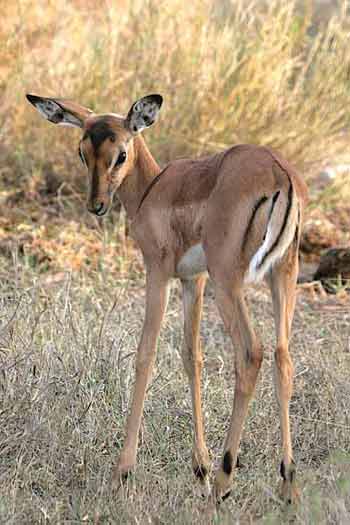
Young impala fawn in winter grass, Kruger National Park, South Africa |
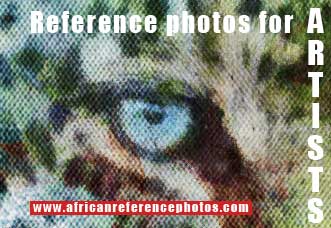
|
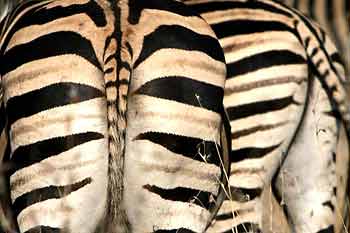
Zebra pair, view from the rear, Kruger National Park, South Africa |
|
See also: Kruger National Park Photos Summer 2012 or Kruger National Park Photos Winter 2012.
About Kruger National ParkThe Kruger National Park, South Africa's premier wildlife reserve, offers a wildlife experience that ranks with the best in Africa. Founded in 1898 by Paul Kruger, who at that time was president of the Transvaal Republic, the park covers an area of 18,989 square km (7,332 sq miles).Approximately 80km (50 miles) wide and 320k (200 miles) long, the area is divided into 16 macro ecozones, each supporting a great variety of plants, birds and animals, including 507 different birds and 147 types of mammal. The density of permanent game is unrivalled and Kruger boasts the greatest wildlife species diversity of any park in Africa. In addition to the "Big Five" - elephant, lion, leopard, buffalo and rhino - there are also large numbers of giraffe, zebra, wildebeest, hippo, antelope, warthog, and hyena. Less common, but also seen by visitors on safari to Kruger, are cheetah and wild dog. The south of the park, particularly the Satara area, is renowned for its concentration of game, which in turn attracts predators, particularly lions. The Kruger Park is primarily a self-drive destination with a good infrastructure of roads, waterholes, picnic sites, and rest camps, which makes it more affordable than many of the parks in Botswana, Kenya, and Tanzania, where park fees are higher and accommodation more expensive. For those who prefer not to drive themselves, there are other options, including private safari companies who take visitors into the park on day trips in open game drive vehicles and mini buses. In Kruger, accommodation options include chalets, cottages, bungalows, tents, caravan and camp sites, plus bush lodges and luxurious private safari lodges such as Singita Lobombo. The best time to capture Kruger Park Safari Pictures is in winter (from May to September) when the vegetation is more sparse making it easier to spot and photograph the wildlife. In summer the park is lush and green, with many young and baby animals, but it is hot at this time and more difficult to see the wildlife. This is also school holiday time in South Africa, so it can get crowded, as is the case during the winter holidays in July. Camera Gear: Our safari photos were taken using entry-level Canon digital SLR cameras (EOS 300D to 450D), plus a variety of Canon telephoto lenses, including the Canon EF 100-400mm f/4.5-5.6L IS USM telephoto zoom, Canon EF 70-300 f/4-5.6 IS USM telephoto zoom, Canon EF 70-200mm f/2.8L IS USM tele zoom, the Canon EF 300mm f/2.8L USM telephoto lens with a 2x converter and Canon EF 300mm f/4L IS USM with 1.4x converter. Back to top of Kruger Park Safari Pictures Return to Safari Pictures Home Permitted Uses: Photographs under copyright. See Terms of Use. | |
|
Contact Details: Scotch Macaskill, Dirt Road Traders, Currys Post Road, Howick, KwaZulu-Natal, South Africa. Tel: +27 (0)82 578 2329. Privacy: Your privacy is guaranteed. See our Privacy Policy for more. This site accepts advertising and other forms of compensation - see Disclosure and Advertising for details. Site updated: 2021. Copyright © 2002 - 2021 Scotch Macaskill | |